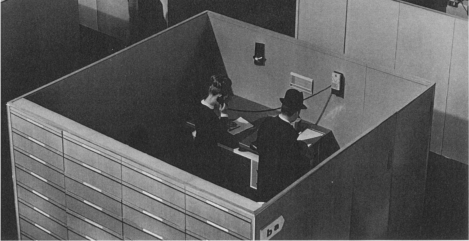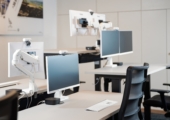April 8, 2013
Public sector property initiatives have proved successful but work still needed
 There was a time, not so long ago, when nobody worried too much about the shape of the rooms that led off the corridors of power. But the pressure on UK finances has politicised the design of the UK’s public buildings. The latest example of this was the recent announcement in Parliament of a report that, amongst other things, called for a new approach in the way facilities are designed to deliver better services in a more cost effective way. The report Restarting Britain 2: Design and Public Services was the result of an eight-month investigation led by the Design Commission along with politicians, designers and civil servants.
There was a time, not so long ago, when nobody worried too much about the shape of the rooms that led off the corridors of power. But the pressure on UK finances has politicised the design of the UK’s public buildings. The latest example of this was the recent announcement in Parliament of a report that, amongst other things, called for a new approach in the way facilities are designed to deliver better services in a more cost effective way. The report Restarting Britain 2: Design and Public Services was the result of an eight-month investigation led by the Design Commission along with politicians, designers and civil servants.






















April 9, 2013
Office design goes to the movies. Part 7 – The Apartment
by Mark Eltringham • Comment, Facilities management, Workplace design
[embedplusvideo height=”151″ width=”220″ standard=”https://www.youtube.com/v/x356ll3hTxg?fs=1″ vars=”ytid=x356ll3hTxg&width=220&height=151&start=&stop=&rs=w&hd=0&autoplay=0&react=1&chapters=¬es=” id=”ep9389″ /]
In which Jack Lemmon exchanges the crushing uniformity of the open plan for a corner office as a reward for allowing senior managers to use his apartment as a venue for their infidelity. This is from 1960, the pre-cubicle, pre-VDU world of large ranks of serried workers in an open plan office with only the privileged few allowed any degree of privacy or the wherewithal to display status. many ways, the layout has much in common with the way many offices are designed now. Office design may have moved on in the past half century but some things are always with us.